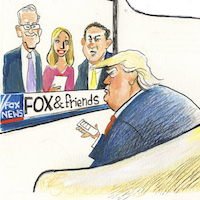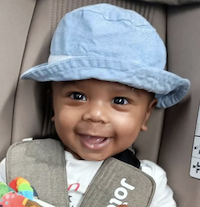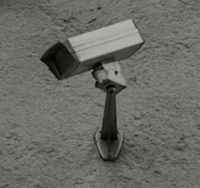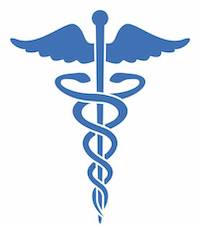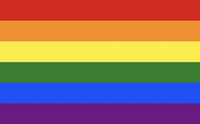Much has been said recently about the Second Amendment to the United States Constitution and about “the right to bear arms.” The question was who had that right when the Amendment was adopted in 1791 when the Bill of Rights was initially approved? The fact is, restrictions on guns were enforced from the beginning of this country.
Enslaved persons were restricted from the “right to bear arms.”
As the years went by in the 19th century, restrictions were also placed on Free People of Color who were legally denied the “right to bear arms.” Even though over 600 Free Men of Color in an all-black militia regiment with all-white officers fought with Andrew Jackson at the Battle of New Orleans in 1814, that battalion was disbanded and then disarmed after they had helped defeat the British. The “right to bear arms” did not apply to those brave African American men even after they fought to defend this country against a much larger British army.
These are the findings of Carol Anderson in her book, The Second: Race and Guns in a Fatally Unequal America.1 Keep this in mind while you hear people talking about their “right to bear arms.” Most people who talk about their “right to bear arms” seem not to know that restrictions on that right are as old as the Second Amendment itself.
The current debate about the Second Amendment seems sadly devoid of any historical context. As mass shootings have continued to occur, calls for some restrictions are proposed for what guns and how much ammunition should be available to anyone and at what age anyone should be allowed to purchase certain guns. Then, like clockwork, every time some restrictions on gun access and ownership are proposed, someone will certainly invoke their version of the Second Amendment and the “right to bear arms.”
I believe there ought to be limits on who should be able to own a gun and what kind of gun they ought to be able to purchase. I very much doubt that those who wrote the Second Amendment at a time when the guns in question were single-shot muskets would imagine anyone wanting to own an AR-15 semi-automatic rifle. Weapons of war have no place outside of military battlefields.
Sadly, the tragic events of just the last month do not seem compelling enough to force any changes in gun laws in this country. There were 417 mass shootings in 2019 (four or more persons wounded or killed by guns.) There were 611 mass shootings in 2020. There were 693 mass shootings in 2021. So far in 2022 there have been over 220 mass shootings at grocery stores, elementary schools, hospitals, college campuses, cemeteries, party centers, churches and synagogues and mosques, and a dozen other locations that are so random that there is literally no place where we can be sure we are safe from gunfire.
Nevertheless, there are still those who value the Second Amendment and their “right to bear arms” above the safety of our children and the security of our public spaces.
Finally, I wonder how many people really understand that the Second Amendment and the “right to bear arms” was initially linked to the need for “a well-regulated militia.” The main purpose of a “well-regulated militia” from the very beginning was to guard against or to quell slave rebellions and uprisings. Carol Anderson reminds us that the Second Amendment was primarily included as a concession to slave holding states that wanted the right to hold people in lifelong slavery, using the “well-regulated militia” to enforce that brutal and immoral practice whenever enslaved persons attempted to fight for their freedom.2 Of course, this is part of the real history of this country that Republican governors across this country do not want to be taught to children or adults.
Keep this in mind the next time someone says they have the “right to bear arms.”
• • •• • •
1 Carol Anderson, The Second: Race and Guns in a Fatally Unequal America, New York: Bloomsbury Publishing, 2021, pp. 69-70.
2 Ibid, pp. 12-13, and pp. 28-29.
UPDATED @ 2224 hrs.
—
The Rev. Marvin A. McMickle, pastor emeritus of Antioch Baptist Church in Cleveland, Ohio, retired in 2019 as president of Colgate Rochester Crozer Divinity School in Rochester, New York, where he had served since 2011.






